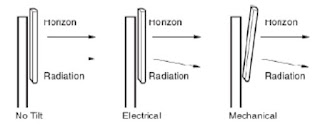Nokia 6
This is the first phone from Nokia system Android - Nokia 6 and at a price of $ 250
Phone specifications:
- Structure of aluminum with a fingerprint reader in home button
- Magnitude 5.5 screen resolution Full HD protected inch layer of Gorilla Glass 3
- Kowalkm Snapdragon processor 430
- 4 gigabytes of RAM
- Internal memory storage with 64 gigabytes external memory support up to 256 gigabytes
- Background accuracy 16 Miqapeixl camera and front-accuracy 8 Miqapeixl
- Battery is removable capacity of 3000 mAh supports fast shipping
- Android 7.0 system Noga
- Support segments connected
- Available in black only




















